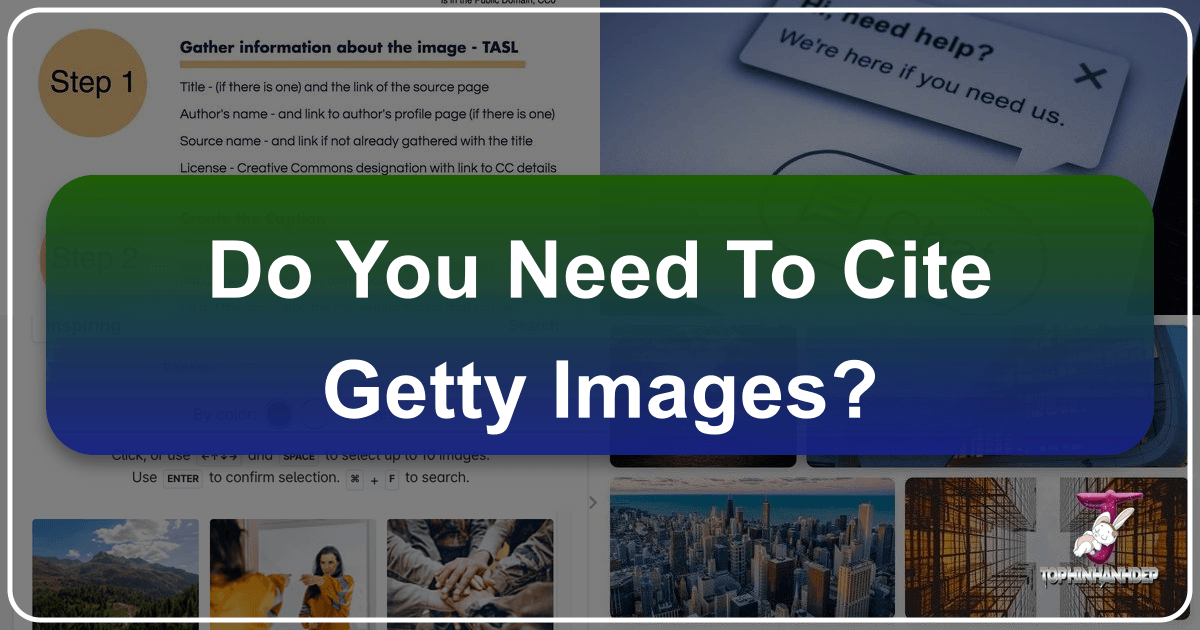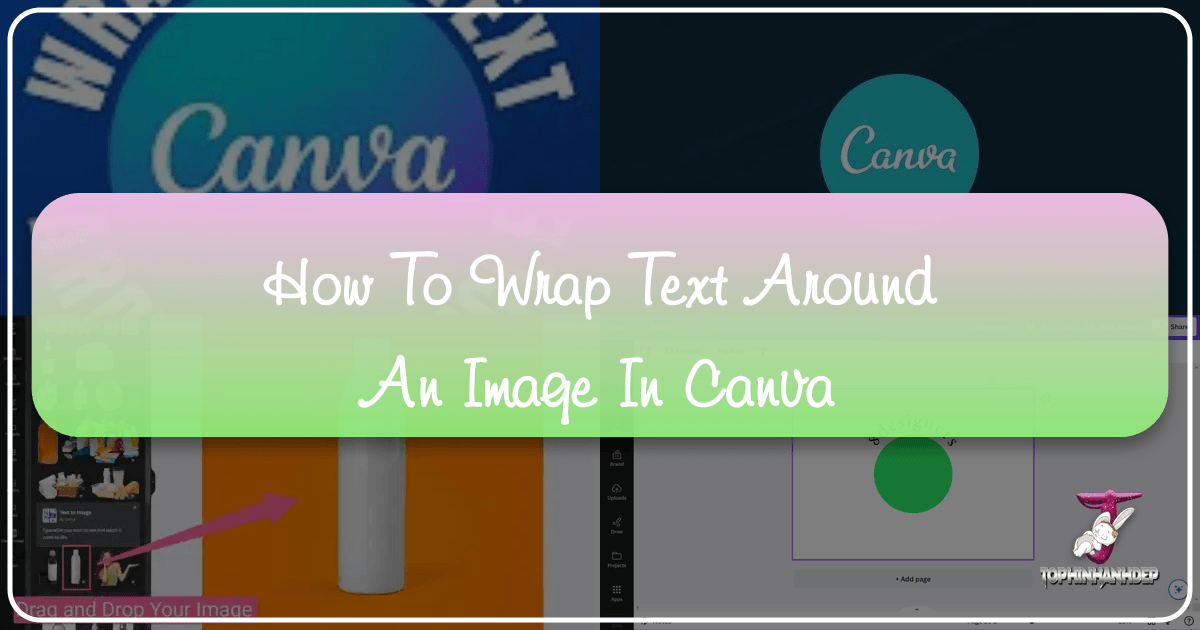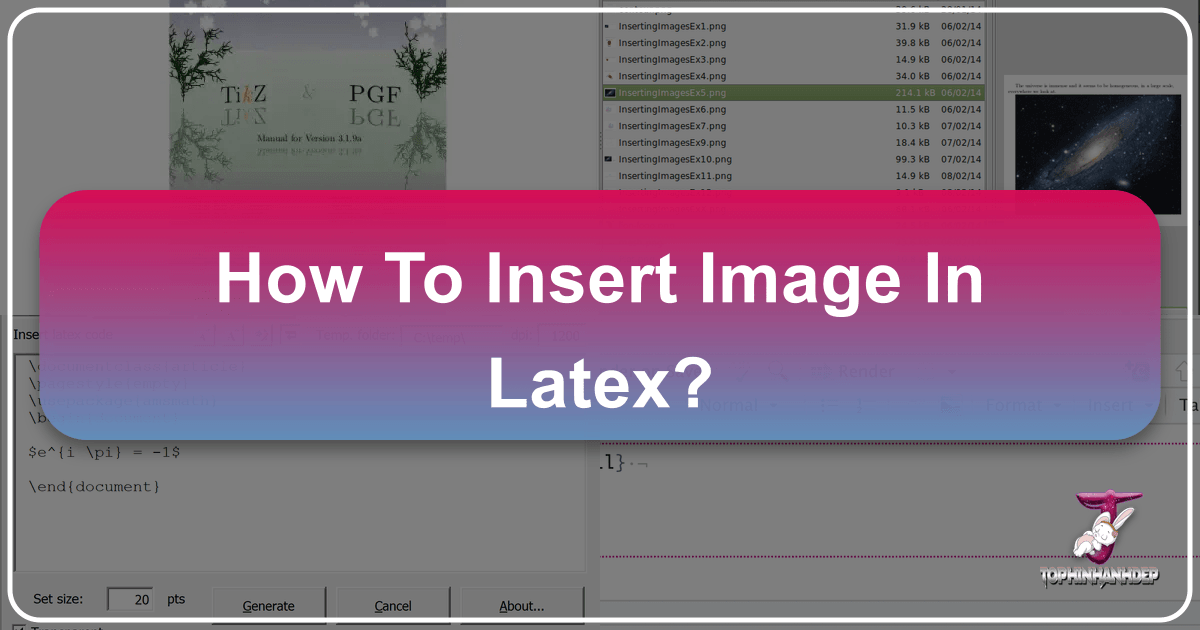Mastering Image Transfer: How to Seamlessly Move Photos from Android to PC for Enhanced Visual Workflow
In an era dominated by digital visuals, our Android devices have become veritable treasure troves of high-resolution photography, capturing everything from breathtaking nature scenes and intricate abstract art to candid aesthetic moments and poignant emotional expressions. Yet, the true potential of these images often remains untapped until they are liberated from the confines of a smartphone and brought into the expansive environment of a personal computer. Transferring photos from your Android to your PC isn’t merely a backup procedure; it’s a critical step that unlocks advanced editing possibilities, facilitates professional visual design projects, and ensures the long-term preservation of your digital memories.





